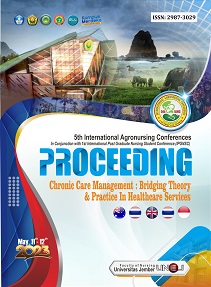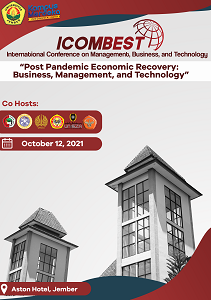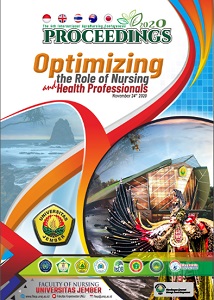ROLE OF CHEMOATTRACTANT CHEMOKINE (SDF-1/CXCR4) IN BONE MARROW NICHE
Abstract
Bone marrow is the pioneer for studying stem cells.The basic concept of stem cells obtained by studying
hematopoietic stem cells. Although how the
interaction of HSCs with the local environment
necessary for the maintenance of stem cells can not
be fully explained ( Compston, 2002; Iwasaki and
Suda., 2010). Studies of HSCs aims to study the
habits of these cells in a population of cells
contained in bone marrow . So far little is known
about the interaction of the bone marrow niche. The
study was conducted using a culture system that
limited done in a sustainable way to prove the
interaction of the bone marrow niche. From these
results can then be identified subset of osteoblasts (
N-Cadherin + CD 45-) that physically attaches to the
HSCs in the BM . ( Tong Yin , 2006)
Bone marrow consist of hematopoietic cells are
wrapped by the bone structure. Hematopoietic cells
develop in the bone cavity and retained in the bone
marrow until they have matured, then released into
the vascular system ( Yin and Li , 2006). Most cells of
haemopoietic can be found next to the endosteal
surface of the bone, which layer is primarily
osteoblasts. Osteoblasts is one type of bone cell that
serves to reform or bone formation. HSCs are stem
cells that are known to differentiate into osteoclasts.
Osteoclasts are the cells of bone that serves to bone
resorption. Their physical proximity between
osteoblasts and which HSCs are parent cells
osteoclasts, as well as the identification of N -
Cadherin / β - Catenin adherent complex between
the two prove their relationship or communication
between these cells. Osteoblast cells not only play a
role in bone formation, but as osteoblast niche in
the bone marrow also, contribute to the
maintenance of HSCs that are stem cells osteoclasts
(Yin and Li , 2006 ; Tong Yin , 2006 ).
There are two main types of stem cells are
embryonic and adult stem cells . Pluripotent
embryonic stem cells derived from the inner cell
mass of blastocysts and has the ability to be a three
embryonic germ layers , namely ectoderm ,
endoderm , and mesoderm (Li and Xie , 2005). At
birth, adult stem cells including GSCs and SSCs will
occupy and live in a special microenvironment,
called a niche (Li and Sie., 2005)
Niche is different depending on the type of tissue or
organ. Structurally niche supported by the cells and
their interactions molecular signals that prepared
and provided to form a microenvironment for stem
cells. Niche hypothesis has actually been described
by Scofield in 1978 ( Li and Sie , 2005; Yin and Li ,
2006) . Stem cell niche is supported by many
signaling and adhesion molecules involved in the
interaction of the stem cell niche, accounted diverse
characteristics for each niche function ( figure 1 )
that is; SDF -1/CXCR4 , SCF/c - Kit, Jagged/Notch,
angiopoietin-1/ Tie2 ( Ang-1/Tie2 ), and Ca2 + -
sensing receptor ( Yin and Li, 2006). Most studies
conducted to know and understand the molecular
mechanisms of interaction and behavior of stem
cells. Understanding the interaction and behavior of
stem cells in the bone marrow niche is very
important to understand the events
osteoclastogenesis, especially how osteoclast
precursor cells can be recruited from niche then
mobile until homing (Kollet et al , 2007). Research is
usually conducted in diseases associated with the
accumulation of osteoclasts or osteoclast progenitor
cells that causes pathological osteolysis , such as ;
benign bone tumors and bone metastases cancer (
Kollet et al , 2007; Jennifer , 2009).
Published
2017-01-27
How to Cite
SETYOWATI, Dyah Indartin; HAMZAH, Zahreni.
ROLE OF CHEMOATTRACTANT CHEMOKINE (SDF-1/CXCR4) IN BONE MARROW NICHE.
UNEJ e-Proceeding, [S.l.], p. 185-189, jan. 2017.
Available at: <https://jurnal.unej.ac.id/index.php/prosiding/article/view/3860>. Date accessed: 22 dec. 2024.
Section
General









